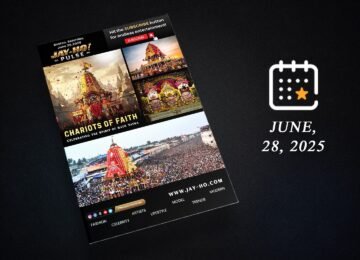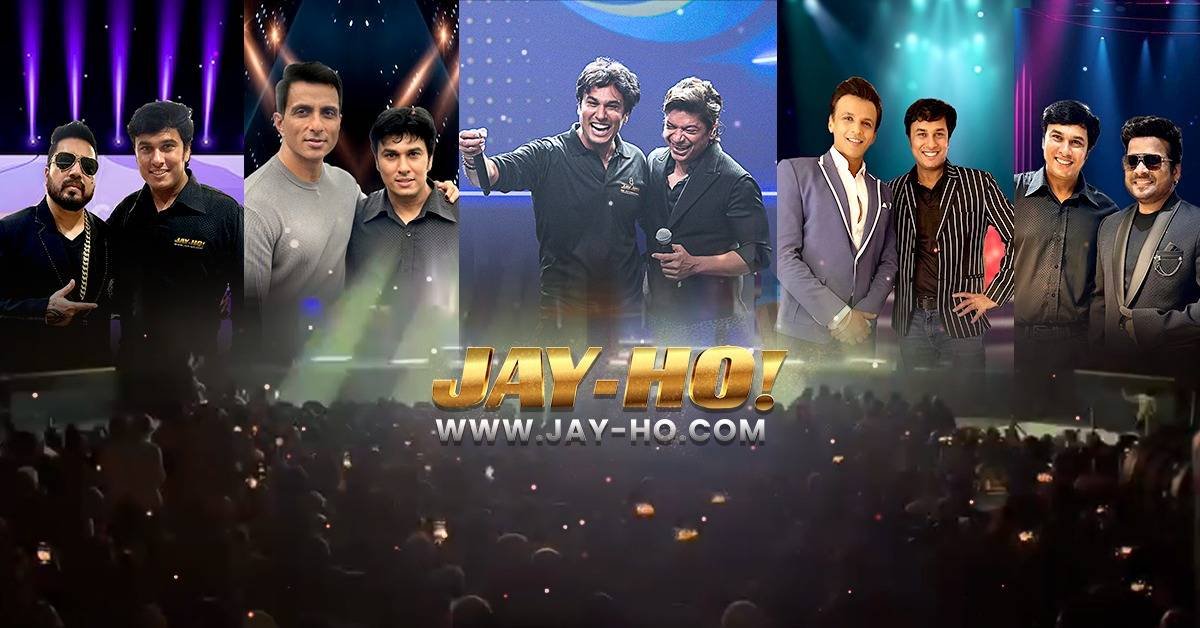Recently, Jawan directed by veteran Tamil filmmaker Atlee has smashed all box office records and collected Rs. 500 crore worldwide in only 4 days of its release. Though a Bollywood film, still it has a Tamil essence to it.
In the South films, the woes of common people are portrayed, unlike the Bolly flicks. In Jawan, real-life crises have been portrayed such as corruption, farmers’ suicide, unlawful arms dealings, activity of anti-environment industrialists, children’s deaths in hospitals due to lack of oxygen, etc.
Hindi film fans have resonated with Atlee’s work and are awestruck after watching Jawan. Naturally, he is receiving a lot of attention even from those who are not familiar with Tamil cinema.
In the nineties, some eminent South Indian filmmakers attempted the Bollywood market but then, the movies were remakes of already-released Tamil films. In those times, the scene-by-scene remakes were shot in the studios of Chennai (then called Madras). Linguistic barriers prevented them from working in Bollywood because the South Indian filmmakers didn’t understand the Hindi language. Ram Gopal Varma and Priyadarshan were among the few who were successful in Hindi movies. However, they learned Hindi and created their own niche in the industry.
These days with improved technologies, the audience all over India has gotten some exposure to South cinema because of dubbing and the easy availability of South Indian content on OTT platforms and YouTube. Bahubali series, Pushpa: The Rise and the most recent Kantara have awed the Bollywood audience.
The Indian audience now understands the difference between Hindi films and the South cinemas. Jawan surely has Shah Rukh Khan as the real attraction but the public is praising the content and cinematography of the film as well.
Although there is a cultural difference, still, all parts of India have an essence that connects each other. Jawan proved that you have to bring that essence to bond with the audience though the style of storytelling used here is quite different from other regular Hindi movies.
Earlier, perhaps South Indian filmmakers failed to establish this connection. Probably because they portrayed typical South Indian characters even in the Hindi remakes. They were not so savvy with promotions as well. That’s why Balu Mahendra’s superhit film, Moondram Pirai (1983) didn’t do as much business as the Hindi remake, Sadma (1983).
Filmmaker Priyadarshan once mentioned the power tussle prevalent in the Hindi film industry in the earlier days. Bollywood had an internal lobby that didn’t allow the South filmmakers to flourish in their industry.
Possibly, the wall is crashing. Now, everyone wants business and both industries have realized they need to cooperate to produce good films that can make business worldwide, not just in a specific Indian market.
By Ishita Ganguly


























